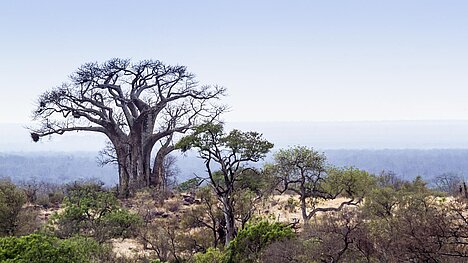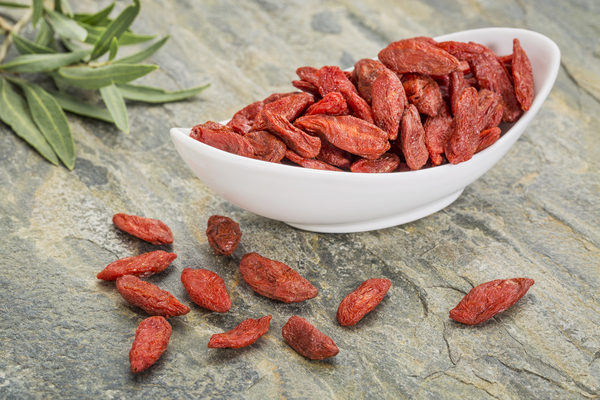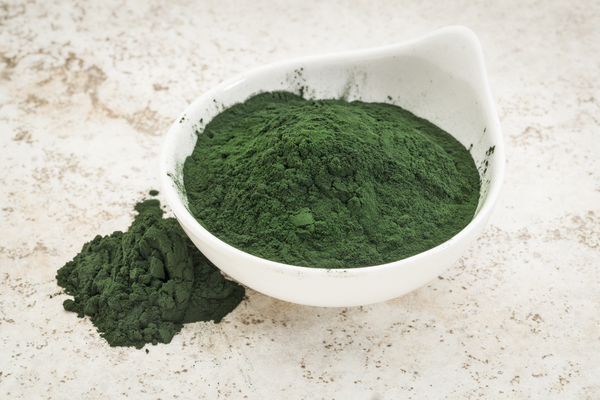Baobab

You may have heard of baobab, the baobab tree that grows in the tropical regions of Africa. Its fruit is rich in vitamin C, fiber and antioxidants and is known as a superfood. But did you know that baobab can also be good for your dog? In this article, you can find out more about this exotic ingredient and its benefits and disadvantages for your four-legged friend.
What is baobab?
Baobab is the name of a genus of nine species of deciduous trees from the mallow family. The best known is the African baobab tree (Adansonia digitata), whose name is derived from the Arabic "bu hibab", which means "fruit with many seeds". The tree can grow up to 20 meters high and has a thick trunk with an umbrella-shaped crown of green leaves. The fruits are oval and have a hard skin with a white pulp containing many small seeds.
What are the benefits of baobab for dogs?
Baobab has many health benefits for dogs due to its high nutrient content. Some of these are:
- Vitamin C: Baobab contains more vitamin C than oranges and strengthens your dog's immune system and defenses.
- Fiber : Baobabis rich in soluble and insoluble fiber, which can aid digestion and prevent constipation or diarrhea.
- Antioxidants: Baobab has a high antioxidant capacity and protects your dog's cells from free radicals that can lead to ageing or disease.
- Minerals: Baobab provides important minerals such as calcium, iron, magnesium and potassium, which are important for strong bones, blood formation and nerve function.
What are the disadvantages of baobab for dogs?
Baobab may be a natural product, but that doesn't mean it can't have side effects. Some possible disadvantages are:
- Allergy: As with any new food, your dog may have an allergic reaction to baobab. Therefore, watch out for signs such as itching, rash or breathing difficulties and consult a vet if in doubt.
- Overdose: Baobab is healthy, but too much can also be harmful. An overdose can lead to stomach problems, diarrhea or vomiting. Therefore, only give your dog a small amount of baobab per day and adjust it to his weight and activity level.
- Quality: Not all baobab products are the same. Make sure that you only buy high-quality baobab that is organically grown and contains no additives or preservatives.
How can you give baobab to your dog?
Baobab is available in various forms such as powder, capsules or snacks. You can either give it to your dog directly or mix it into their food. The recommended dosage depends on the product, but a general guideline is about one teaspoon (5 grams) per 10 kilograms of body weight per day. However, always start with a smaller amount and observe your dog's reaction.
Baobab is a superfood from Africa that has many benefits for your dog's health. It contains vitamin C, fiber, antioxidants and minerals and can boost the immune system, digestion and cellular health. However, you should also be aware of possible disadvantages such as allergies, overdosing or quality and only give your dog an appropriate amount of baobab.
Properties 7
Are you looking for other ingredients with a specific property?
Just click on them to find more.
If you notice any signs of hypersensitivity or poisoning in your dog, you should see your vet immediately. We are not a substitute for a vet, but we try to be as accurate as possible. Every dog reacts differently and we recommend you get a second opinion or consult your vet if in doubt.
Stay healthy and take good care of your four-legged friend!😊
Similar to Baobab
Açaí, pronounced assai, is the fruit of a palm tree in the swampy areas of the Amazon region in Central and South America. The fruit, which is difficult to harvest, is a staple food for the local...
The goji berry, also known as wolfberry or buckthorn fruit, is the fruit of a plant from the nightshade family. It grows mainly in China, Tibet and Mongolia, where it has been used as a medicinal...
Spirulina is a blue-green algae that is one of the oldest living organisms on earth. It is found in salty lakes and waters and can feed itself through photosynthesis. Spirulina has a spiral...
Chlorella is a freshwater microalgae that is one of the oldest living organisms on earth. It has a high content of chlorophyll, the green pigment in plants that is responsible for photosynthesis....



